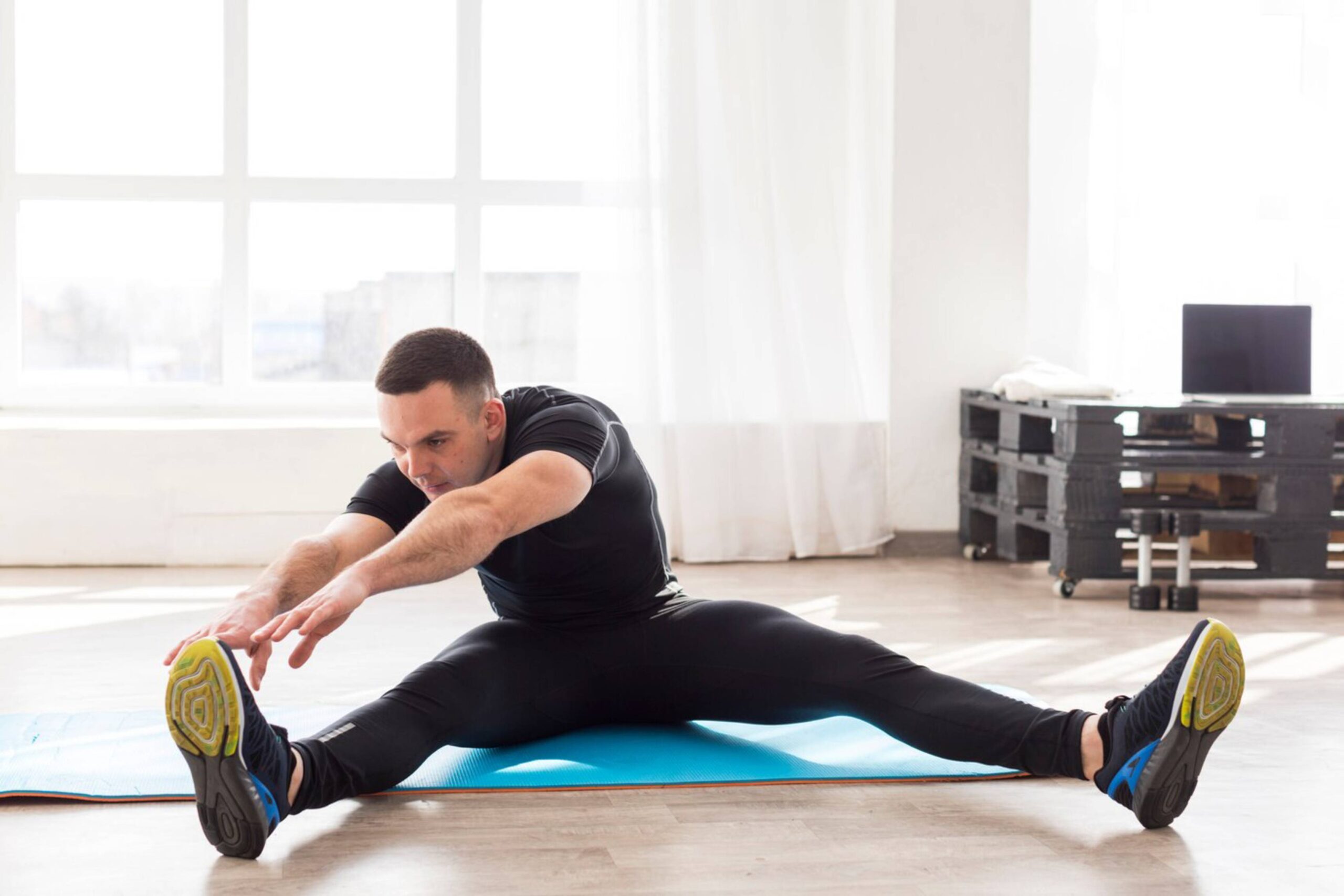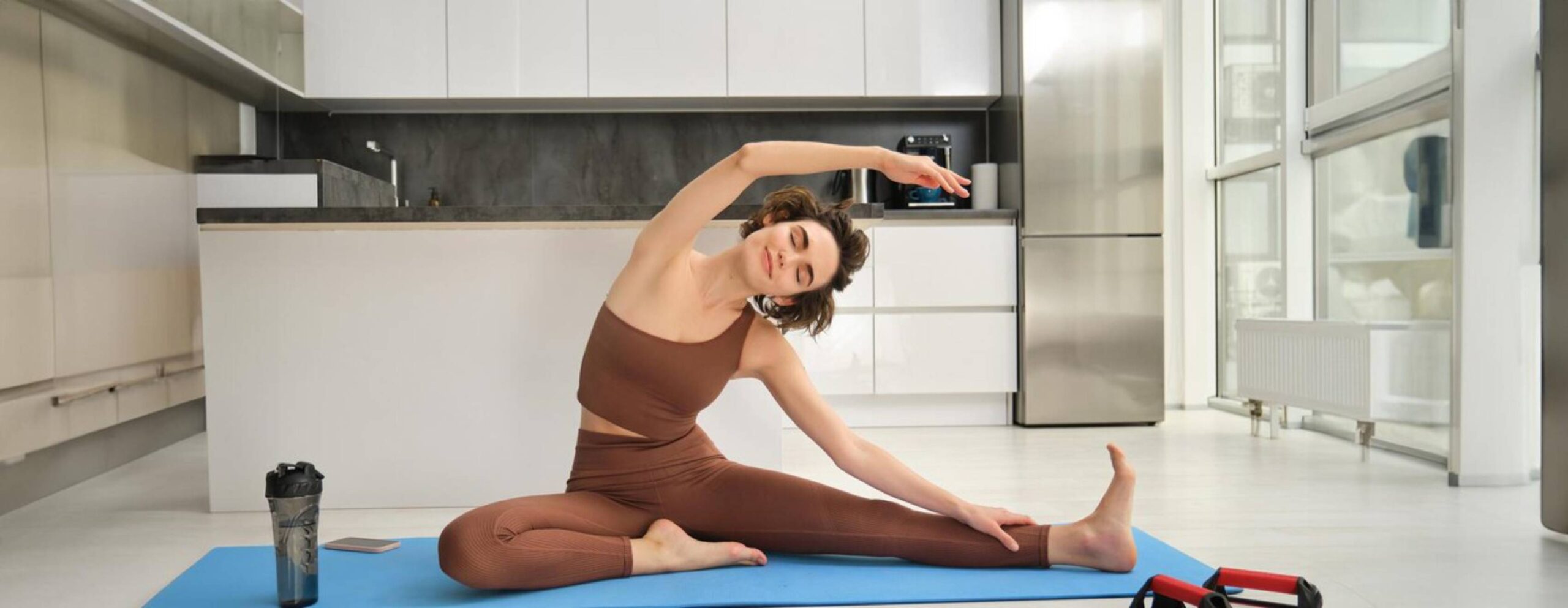
Stretching Equipment Every Home Gym Needs
Flexibility and recovery have become paramount in fitness routines in recent years. This is great for everyone — serious athletes or casual fitness fans. It provides a plethora of advantages for your routine. But, to be really able to access this potential, the right stretching tools at home are key. This guide explores all the main types of stretching equipment you may want to add to your gym at home. These tools will enhance your versatility and restoration routines.
Stretching is on the list of activities often misunderstood as either a warm-up or a cool-down. Actually, it’s an essential piece of a balanced exercise program. The right flexibility tools help you move better. They also relieve sore muscles and prevent injuries. This blog will explain different stretching tools and why they are important for your home gym.
Key Benefits / Why It Matters
Enhancing Flexibility and Mobility

Flexibility is not merely being able to execute a split or touch your toes. Having a better overall range of motion allows you to perform better in many other activities. Stretching tools like resistance bands and foam rollers help improve flexibility. They offer support and resistance to enable you to stretch further. This way, they target various muscle groups precisely.
For example, resistance bands are versatile pieces of equipment that can be used to stretch the hamstrings, shoulders, and hips. They come in different resistance levels, so you can use them as a beginner or a more advanced user. Foam rollers are excellent for myofascial release. They relieve tightness and improve circulation. Adding these tools to your routine increases flexibility and mobility. This, in turn, enhances your overall fitness performance.
Aiding in Recovery and Reducing Muscle Soreness
Rest is one of the most important parts of any fitness programme. Not balancing that with enough recovery can lead to overtraining, injuries, and burnout. Stretching tools are essential to any recovery regimen. These are used to relieve muscle soreness and also prevent injury.
Foam rollers help relieve muscle knots and improve blood flow to painful areas. Self-myofascial release can significantly reduce muscle soreness and accelerate recovery. Massage sticks and balls can focus on tense spots. They help relieve pain and speed up recovery.
Preventing Injuries
Injuries can be a significant setback in any fitness journey. However, with the right stretching tools, you can minimise the risk of injuries. Yoga straps and balance pads can boost your balance and stability. This helps lower your chances of falls and strains.
Yoga straps are particularly useful for individuals who struggle with flexibility. They allow you to perform stretches with proper form, ensuring that you don’t overstretch and cause injury. Balance pads challenge your stability.
Injuries can set you back during any fitness journey. Nevertheless, you can reduce injuries with proper stretching equipment. Yoga straps and balance pads can improve balance and stability. This, in turn, helps reduce your risk of falls and strains.
Yoga straps are great for those who struggle with flexibility. They provide the space you need to stretch safely and avoid injury. Balance pads are an unstable cushioning surface that you can stand on. They strengthen your core and improve your overall balance.
Additional Expert Tips & Common Mistakes to Avoid
Best Practices for Using Stretching Tools

To get the most out of your stretching tools, it’s essential to use them correctly. Here are some expert tips to help you maximise their benefits:
- Start Slow: If you’re new to stretching tools, begin with light resistance bands. Then, slowly increase the resistance as you get more comfortable. This approach will help you build strength and flexibility without risking injury.
- Focus on Form: Proper form is crucial when using stretching equipment. Ensure that you’re performing each stretch correctly to avoid injury and maximise effectiveness.
- Incorporate Variety: Don’t limit yourself to one type of stretching tool. Use different tools in your routine. This targets various muscle groups and makes workouts fun.
- Listen to Your Body: Pay attention to how your body feels during and after stretching. If you feel pain or discomfort, stop right away. If needed, see a healthcare professional.
Common Mistakes to Avoid
Stretching tools are helpful, but you must avoid common mistakes. These errors can slow your progress or cause injuries.
- Overstretching: It’s easy to get carried away when using stretching equipment. Overstretching can lead to injuries. Always perform stretches within your comfort zone and gradually increase intensity over time.
- Ignoring Warm-Ups: Stretching is not a substitute for a proper warm-up. Warm up your muscles first. Do light cardio or dynamic stretches. Then, you can use stretching tools.
- Neglecting Consistency: Consistency is key to improving flexibility and mobility. Make stretching a regular part of your fitness routine to see lasting results.
Advanced Insights / Expert Recommendations
Exploring Advanced Stretching Techniques
Staying current with PNF stretching can boost your routine. It’s a great way to enhance your stretches. This means it is based on the stretching and contraction of the target muscle group. This contributes to flexibility advancement.
PNF stretches can be done with the assistance of a partner or resistance bands. They work especially well for flexibility in the hamstrings, calves, and shoulders. Due to the risk of injury, make sure to perform PNF stretching correctly. So, consider seeking the help of a fitness expert.
The Role of Technology in Stretching Equipment
In recent years, stretching equipment has evolved. It now provides new methods for enhancing flexibility and recovery. As such, smart foam rollers have vibration technology. This aspect enhances the effectiveness of myofascial release. Apps and wearables can provide individualized stretching routines. They also monitor your progress through the years.
Technology can help your stretching routine, but use it carefully. No matter what technology you have, good form and listening to your body come first.
Conclusion: Elevate Your Flexibility Routine with Stretching

Having stretching equipment at home boosts your flexibility. It also helps you recover faster and improves your overall fitness in your home gym. Each tool, like resistance bands or foam rollers, has its own benefits. They can all help you reach your goals.
Just remember to start with low weights and get your form down, and use a variety of tools in your routine. Exercise mistakes to avoid include overstretching or neglecting a warm-up. They prevent you from wasting the investment you put into your stretching gear.
As you continue on your flexibility journey, consider trying advanced methods and tools. They can help you elevate your routine. Be consistent and be committed. You will soon experience how stretching tools can transform your fitness routine.
Do you want to take your home gym to the next level with some of the best stretching equipment? Check your current routine and see which areas need improvement. Invest in good stretching tools and exercise regularly. This helps you keep the benefits for months. Remember, flexibility is not just a destination. It’s a journey that requires patience, persistence, and the right tools.
